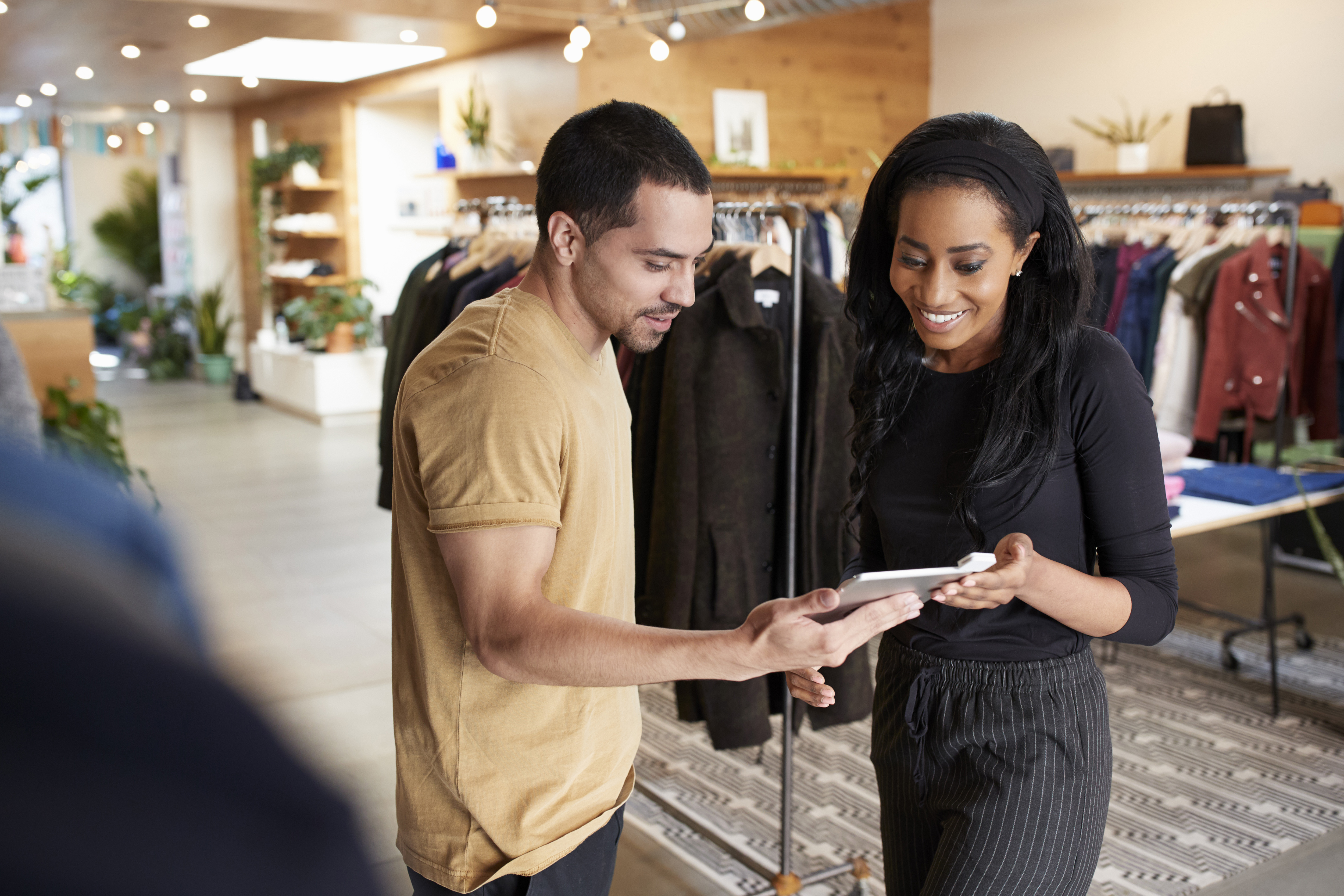Apps, websites and digital marketplaces serve as digital bridges to customers. On the one hand, they are the central access point for all customer interactions. On the other hand, they are the essential link between online and in-store retail.
An app can also serve as a companion in the store, for example, by making indoor navigation easier, providing digital shopping lists or displaying personalized real-time offers (see also customer authentication technologies). But it’s also clear that the app must be relevant to ensure that customers download it in the first place – and the bigger the company, the easier this is.
For smaller companies, digital bridges also include websites that offer the option of registering digitally as a customer or that function as third-party marketplaces.






